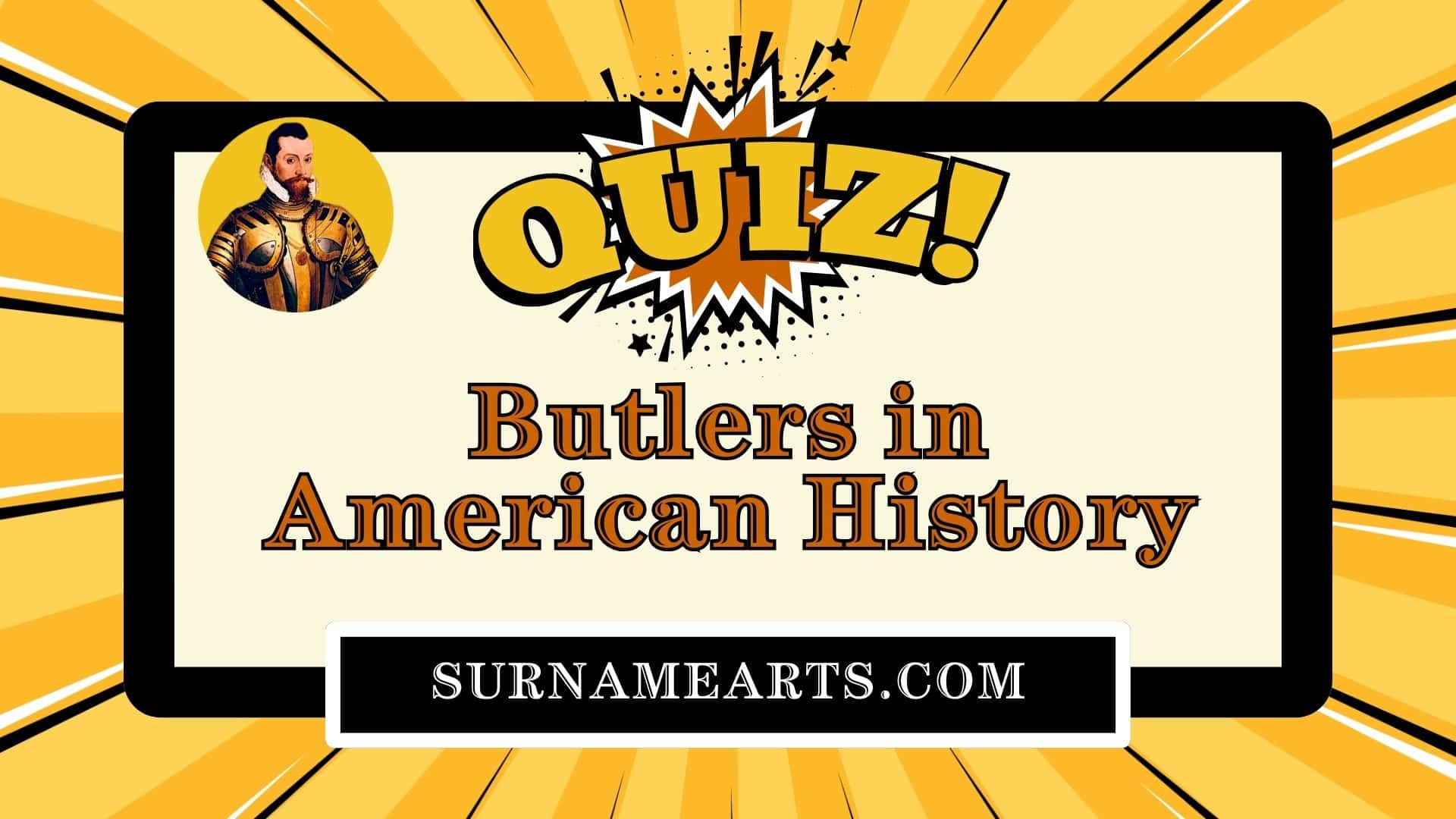Charles Butler may not be a household name, but his bold investments and visionary leadership played a pivotal role in transforming Chicago from a muddy village into the bustling metropolis it is today.
A protégé of Martin Van Buren

Charles Butler (1802-1897) was born in Kinderhook Landing, New York, into a family with a rich historical legacy. His mother was a descendant of Oliver Cromwell, connecting him to one of England’s most influential historical figures (and a Butler nemesis). From an early age, Charles demonstrated a keen intellect and ambition, laying the foundation for his future successes.
His legal career began in the office of future U.S. President Martin Van Buren, a fortuitous opportunity that honed his legal skills and provided him with valuable political connections that would serve him well throughout his life.

Martin Van Buren is the only U.S. president not descended from the Chief Butlers of Ireland! 🍀
The Chicago Gamble: How Charles Butler’s Real Estate Bet Paid Off
In 1833, Charles Butler and his friend Arthur Bronson, a prominent New York financier, visited a small village of about 200 inhabitants at the southern end of Lake Michigan. Despite its modest appearance, Charles had a visionary outlook and boldly predicted that this village would one day become the largest inland city in America.
In 1835, Charles took a remarkable financial risk, investing $100,000—without even seeing the exact parcel of land in person. This land stretched from Chicago Avenue south to the Chicago River between LaSalle Street and what is now North Michigan Avenue. To put this investment into perspective, $100,000 in 1835 would be equivalent to over $3 million today.
William Butler Ogden: Chicago’s First Mayor and Charles Butler’s Strategic Partner

To oversee his investment, Charles sent his brother-in-law, New York state senator William Butler Ogden (1805-1877), to Chicago.
Initially, William was skeptical about the muddy settlement’s potential. He even wrote to Charles that the investment had been the “grossest folly.” However, William’s perspective quickly changed when he managed to sell one-third of the land for more than the original cost of the entire parcel.
Once convinced of Chicago’s potential, William resigned his position as a state senator and relocated to Chicago in 1836. When Chicago was incorporated as a city in 1837, William became its first mayor, marking a new era in the city’s history with the Butler-Ogden partnership at its core.

Charles Butler and William Butler Ogden were brothers-in-law through Charles’ marriage to William’s sister, Eliza Abigail Ogden. Although they were only 12th cousins by blood, the Butler and Ogden families were closely intertwined. Both William and his sister, Emily Butler Ogden, carried the middle name “Butler,” reinforcing their strong familial connection. Adding to the close ties, Charles’ brother, Benjamin Franklin Butler (not the Union Major General Benjamin Franklin Butler), had a daughter named Eliza Ogden Butler. These connections highlight just how linked these two families were! 🔗
Chicago’s Rapid Growth and Charles Butler’s Continued Influence
Charles Butler’s influence on Chicago’s development extended far beyond his initial investment. In 1835, he traveled across Ohio and Indiana with Isaac Bronson to further explore the region’s potential. Recognizing the importance of agriculture, he worked to help farmers suffering from a lack of capital, believing this was crucial to Chicago’s future.
Charles’s impact on Chicago’s infrastructure was also significant. He served on the committee that drafted the city charter for submission to the Illinois legislature, laying the groundwork for the city’s governance structure. His commitment to shaping not only the city’s physical landscape but also its civic character is a testament to his enduring influence.
Railroad Development and Business Ventures: Paving the Way for Chicago’s Economic Dominance
Charles recognized early on that railroads would be crucial to Chicago’s development as a commercial hub. His partnership with William Butler Ogden played a vital role in making this vision a reality.
William became the first president of the Union Pacific Railroad and led the Chicago and North Western Railway. Together, Charles’s investments and William’s leadership helped establish Chicago as the world’s largest railroad center by 1856, transforming the city into a major transportation hub that connected the agricultural wealth of the Midwest with eastern markets.
Lasting Impact on Chicago History and Philanthropic Legacy
Charles Butler’s impact on Chicago is not memorialized by grand monuments bearing his name, but rather woven into the very fabric of the city. His investments, alongside his partnership with William Butler Ogden, contributed to the construction of nearly 100 miles of city streets, Chicago’s first railroad, and the development of its early water supply, sewerage, and park systems.
Beyond Chicago, Charles was a significant philanthropist in New York. In 1890, he made substantial donations of $100,000 each to the Union Theological Seminary and New York University. He also helped found the Protestant Half-Orphan Asylum, which provided shelter, clothing, and education to children who had lost one parent in New York City. These contributions reflect Charles’s deep commitment to education and social progress, values that also influenced his vision for Chicago’s development.

When William Butler Ogden (1805-1877) passed away, he left behind an estate valued at $10 million 💰, which would be worth over $300 million today! Despite losing much of his property in the Great Chicago Fire of 1871 🔥🏙️, his savvy investments in real estate and railroads —in large part due to his association with Charles Butler—helped William become one of America’s wealthiest men. 🏆
Charles Butler Personal Life and Family
In 1825, Charles married Eliza Abigail Ogden (1803-1878), forming a family alliance that would prove instrumental in Chicago’s growth. They had five children together:
- Abraham Ogden Butler (1832-1856)
- Arthur Bronson Butler (1834-1835)
- Charles Butler Jr. (1836-1838)
- Emily Ogden Butler (1840-1927)
- Eliza Anna Butler (1843-1877
Recommended Reading:
- “Book of the Family and Lineal Descendants of Medad Butler.” Columbia County at NYGenWeb, 1888.
- “Obituary: Charles Butler Dies at 95 Years of Age.” The New York Times, 14 Dec. 1897.
[Note: Subscription required.] - William Butler Ogden.” Chicagology, 2003.
- “Mr. Ogden in Chicago.” Classic Chicago Magazine, 2020.













